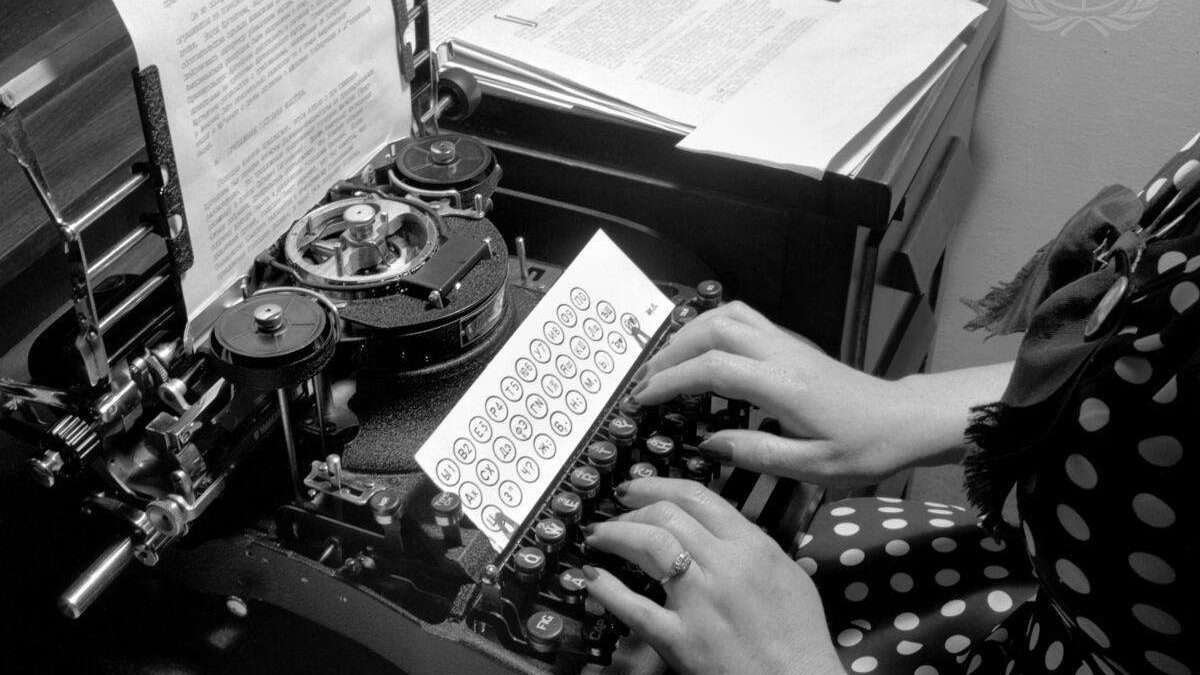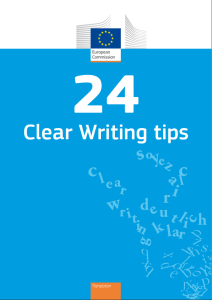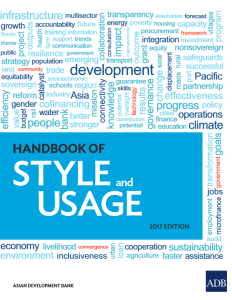
International organizations like the UN aren’t known for clear writing. But there are some guides and examples out there.
Writing at the UN and in international development isn’t easy. Writers need to juggle diplomacy with clarity, highly specialized (e.g. legal) topics with generalist readship, pressure to be “professional,” and a language that isn’t necessarily the writer’s strongest.
But there are guidance documents and some examples of plain language and clear writing from international organizations and in the international development sector. Here are some that I’ve found.
I’ll keep adding to this list as I find more publicly available materials.
Guides/references
Different organizations have specific style guides that may incorporate plain language principles. And no, I haven’t checked all of them!
Do check your organization’s style guide and also the United Nations Editorial Manual.
Writing for the United Nations calls for the same qualities of brevity, clarity, simplicity of language and logical organization of material as are desirable in all writing of a factual character.
Editorial directive ST/CS/SER.A/13/Rev.4, 11 March 19801

A Guide to Writing for the United Nations
W. H. Hindle
UN Department of Conference Services: 1984
This is the Plain Words for the UN! I’m nodding wildly, giggling, and wondering why the same things are still being said decades after W. H. Hindle (a career UN editor and former Chief, Editorial Control Section, Office of Conference Services) wrote this guide.
Learn more in my review of Hindle’s guide.

WHO Principles for effective communications > Understandable > Use plain language
World Health Organization (WHO)
The WHO calls for plain language in its communication materials as one of the ways to make it understandable.

Drafting correspondence and reports: Guidance for peacekeeping personnel
UN Department of Peace Operations: 2011
The guidance aims to familiarize UN personnel with the different types of written communication. It covers “what constitutes good content, conventions on formatting, choice of language, tone and style.”
Look under the “Other Resources” tab for “Drafting correspondence and reports: guidance for peacekeeping personnel” (2011)


Handbook of Style and Usage
Asian Development Bank
Clear writing is evidence of clear thinking.
—ADB Handbook of Style and Usage, p.x
(Thanks to Sharlene Lu-Quintana, Senior Editor at ADB for sharing.)
Examples of plain language in use
Here are some examples of plain language applied to the international development field.
Also see this list of public style guides for other government examples.

OHCHR: Documents in plain language and Easy Read versions
Office of the High Commissioner for Human Rights (OHCHR)
The disability rights field is ahead on plain-language use; it’s one part of accessibility. Further, in 2022 the General Assembly adopted the resolution “Promoting and mainstreaming easy-to-understand communication for accessibility for persons with disabilities” (A/77/L.37).
The UN Human Rights Office offers plain-language versions of the UN Charter and documents related to the Convention on the Rights of Persons with Disabilities.
It also has some Easy Read versions.
(Get a refresher: What’s the difference between plain language and Easy English? Note that Easy Read is slightly different from Easy English.)

Core Humanitarian Standard Commitments in plain English
CHS Alliance
The CHS Alliance developed a plain language version of the standards that humanitarian organizations use in their work.
The plain language version aims to help aid organizations improve their communication and to be more inclusive and accountable.
These are also available in 13 other languages, thanks to Translators without Borders.
As I said above, I’ll update this list if I come across anything new. And please share in the comments if you have a good resource to add!
To get updates on new material, sign up for tips or connect with me on LinkedIn. Don’t forget to explore my free downloads.
Image by the United Nations, from the 1945 San Francisco Conference.


I was able to find good info from your content.
Pingback: Use Word templates for plain language and accessibility | The Clarity Editor